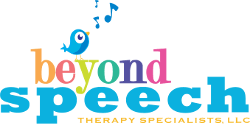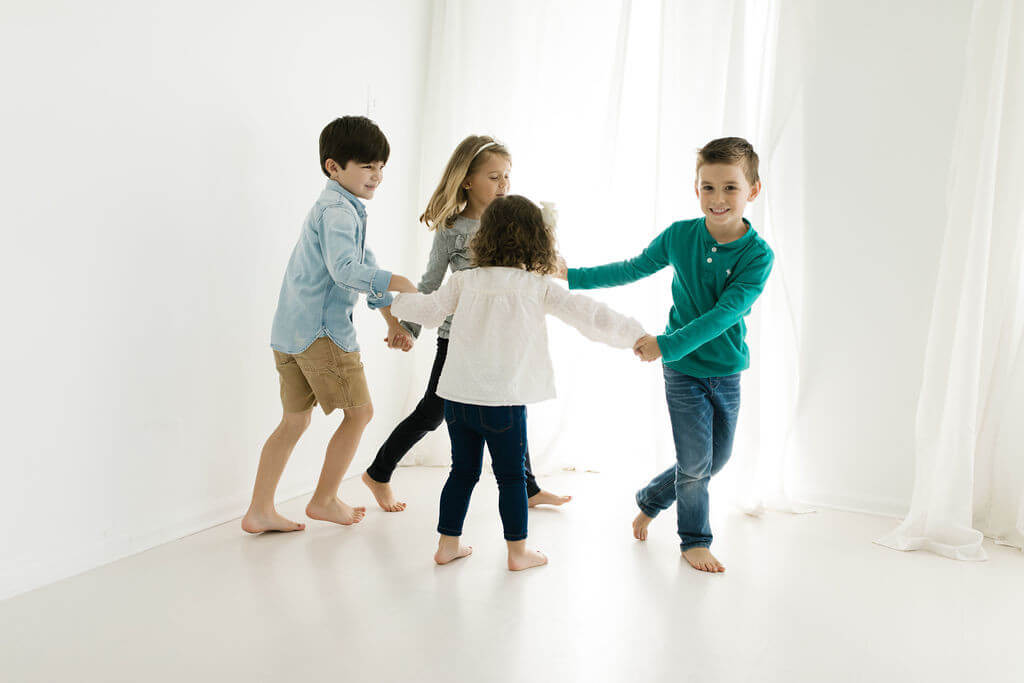4-6 Months
- Moves eyes in direction of sounds
- Responds to no and changes in tone of voice
- Notices toys that make sounds
- Recognizes voices
- Uses sounds p, b and m in babbling
- Smiles and laughs when spoken to
- Vocalizes excitement and displeasure
- Makes gurgling sounds when left alone and when playing with you
7-12 Months
- Enjoys games like peek-a-boo and pat-a-cake
- Turns and looks in direction of sounds
- Responds to own name
- Recognizes words for common items such as “cup,” “shoe,” “book”
- Begins to respond to requests (e.g. “Give me”)
- Uses a large variety of sounds in babbling
- Uses speech or noncrying sounds to get and keep attention
- Uses gestures to communicate (waving, holding arms to be picked up)
- Imitates different speech sounds
- Has 1 – 3 meaningful words (hi, dog,dada, mama)
1-2 Years
- Asks and answers WH-questions (“Where kitty?” “What’s that?”)
- Puts two words together (“more cookie,” “no juice,” “mommy book”)
- Is approximately 25 -50% intelligible to strangers
2-3 Years
- Understands differences in meaning (“go-stop,” “in-on,” “big-little,” “up-down”)
- Follows 2-part commands (“Get the book and put it on the table”)
- Understands 500 – 900+ words
- Requests items by name
- Uses 2 – 4 word phrases
- Maintains topic over several conversational turns
- Uses k, g, f, t, d, and n sounds
- Produces 50 – 250+ words
- Is approximately 50 – 75% intelligible
3-4 Years
- Understands function of objects
- Understands opposites
- Follows 2 and 3 part commands
- Answers simple “who?”, “what?”, “where?”, and “why?” questions
- Uses language to express emotion
- Relates recent events
- Uses mostly nouns and verbs
- Uses 4 – 5 word sentences
- Usually talks easily without repeating syllables or words
- Is approximately 80% intelligible
4-5 Years
- Pays attention to a short story and answers simple questions about them
- Uses sentences of 4 – 8 words with adult-like grammar
- Tells stories that stay to topic
- Communicates easily with other children and adults
- Answers complex 2-part questions
- Is intelligible with strangers although some sound errors may persist
5-6 Years
- Accurately relays a story or an event
- Exchanges information and asks questions
- Uses sentences with details
- Follows instructions given to a group
- Asks how questions
- Begins to demonstrate sequencing abilities (days of the week)
- Answers open-ended questions (“What did you have for lunch today?”)
* Information was taken from ASHA.org

